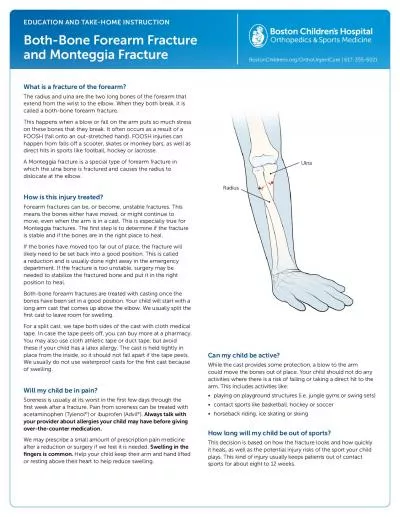PPT-How to apply a short arm cast
Author : pasty-toler | Published Date : 2016-06-18
Alison Herron Patient X has presented at AampE with a painful left wrist sustained after a fall off a quadbike that morning The patients left distal radius is
Presentation Embed Code
Download Presentation
Download Presentation The PPT/PDF document "How to apply a short arm cast" is the property of its rightful owner. Permission is granted to download and print the materials on this website for personal, non-commercial use only, and to display it on your personal computer provided you do not modify the materials and that you retain all copyright notices contained in the materials. By downloading content from our website, you accept the terms of this agreement.
How to apply a short arm cast: Transcript
Download Rules Of Document
"How to apply a short arm cast"The content belongs to its owner. You may download and print it for personal use, without modification, and keep all copyright notices. By downloading, you agree to these terms.
Related Documents














